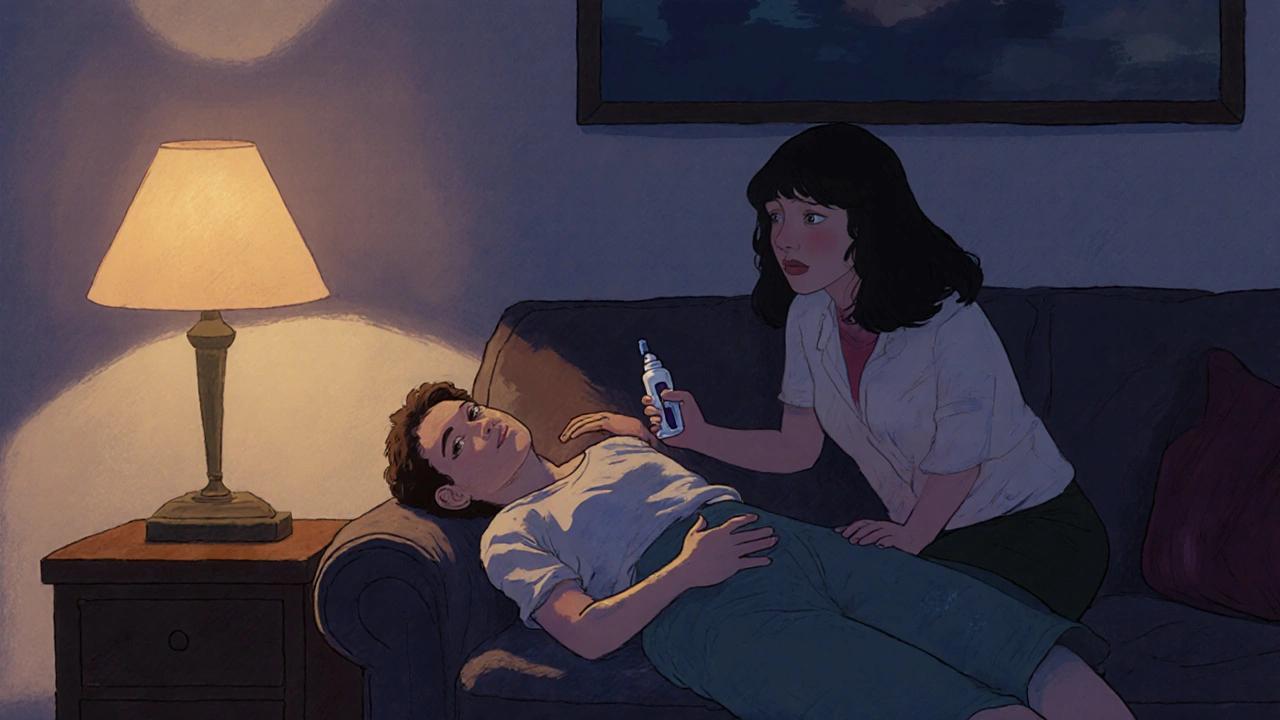Naloxone Use: How It Saves Lives and What You Need to Know
When someone overdoses on opioids, every second counts. That’s where naloxone, a life-saving medication that rapidly reverses opioid overdoses. Also known as Narcan, it’s not a cure—it’s a bridge back to life. Naloxone works by kicking opioids off the brain’s receptors, restoring normal breathing within minutes. It doesn’t work on non-opioid drugs like cocaine or alcohol, but for heroin, fentanyl, oxycodone, or prescription painkillers, it’s often the difference between life and death.
People who use opioids, their friends or family, first responders, and even school nurses are now carrying naloxone. It’s safe, easy to use, and won’t harm someone who didn’t take opioids. You can get it as a nasal spray or injection—no prescription needed in most places. Many pharmacies stock it over the counter, and community groups hand it out for free. It’s not about judging drug use—it’s about keeping people alive long enough to get help.
Real stories show how naloxone use changes outcomes. A father revives his teen after a fentanyl overdose. A stranger administers it on a park bench. A paramedic uses it twice in one shift. These aren’t rare events—they’re happening every day. And yet, too many people still don’t know how to recognize an overdose: slow or stopped breathing, blue lips, unresponsiveness. Naloxone won’t fix addiction, but it gives time for treatment, counseling, and recovery to begin.
There’s no shame in carrying naloxone. If you know someone on opioids—even if it’s for pain—keep it nearby. Learn how to use it. Teach someone else. The posts below cover everything from how naloxone compares to other overdose tools, to real-world stories from users, to where to get it legally and affordably. You won’t find fluff here—just clear, practical info from people who’ve been there.
Learn how to recognize opioid overdose signs, respond in an emergency, and use naloxone to save a life. Critical steps for bystanders, families, and communities facing the fentanyl crisis.

